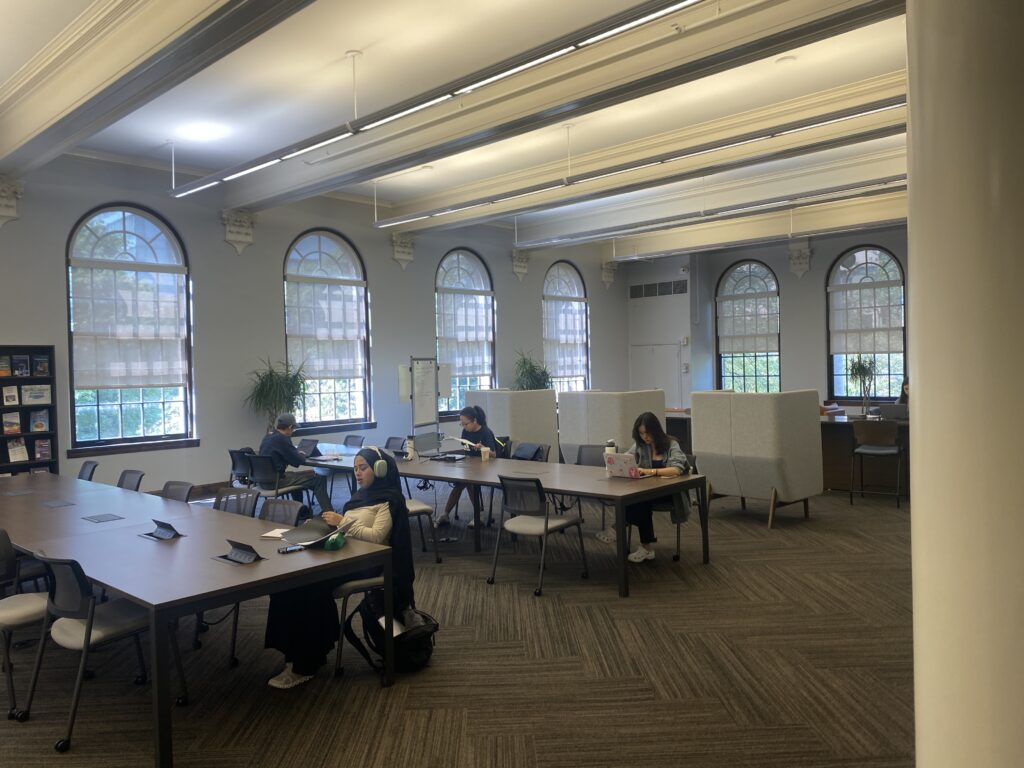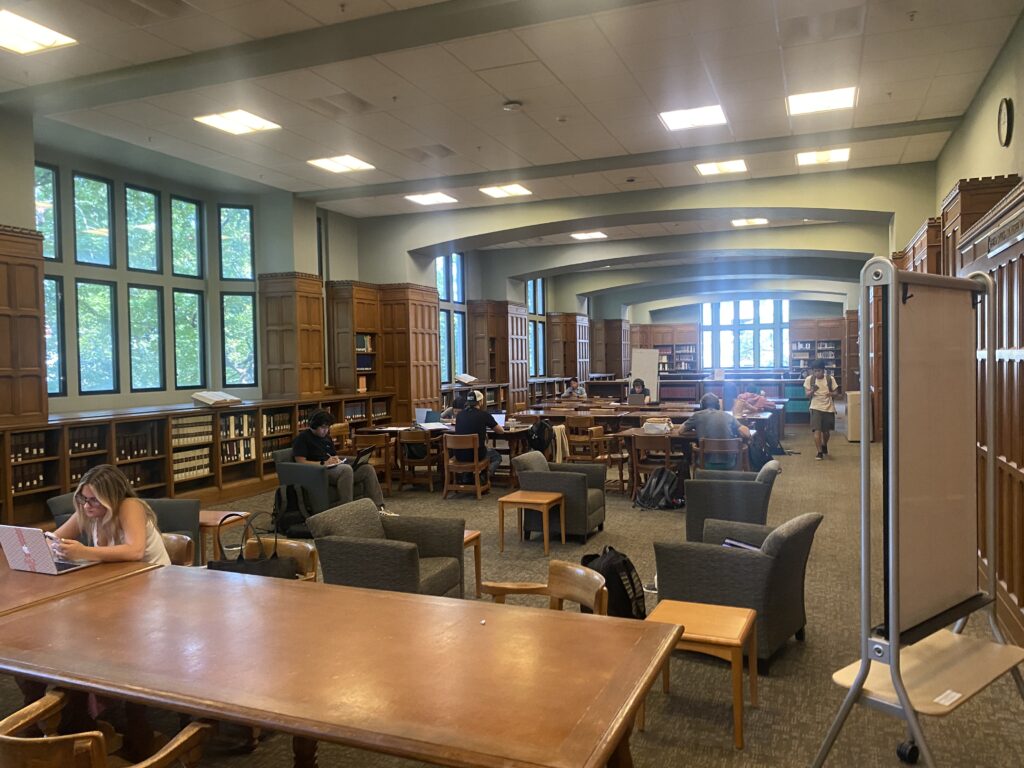As finals season approaches, it is important to make sure we are studying as efficiently as possible. So, I wanted to share five learning techniques based on learning sciences that will help you ace all of your exams and even save time studying.
#1: The Pomodoro Technique
The Pomodoro Technique is something I used everyday throughout high school. I attended an alternative school where we did all of our academic work online and independently, so the Pomodoro Technique was used to break up our work time and help keep us focused throughout the day. Here’s how it works: You set a timer for typically 25 minutes (but you can choose however long is best for you) and treat that as focused work time. Then, you have another timer for typically 5 minutes, and that is your break time. Then, repeat this cycle! One article lists several benefits of the Pomodoro Technique including that it “Encourages focused work…Helps you get started…Improves efficiency…Reduces stress and anxiety,” all of which are incredibly helpful for college students.
#2: The Feynman Technique
The Feynman Technique has a few steps. First, you study a concept. Then, you try to teach it to someone else (this can be an imaginary or real audience). After that, you fill in the gaps you may have noticed and finally work to simplify the concept. If you can simplify something to the point where you could explain it to others, this is good evidence that you’ve mastered a concept. As Albert Einstein once said, “If you can’t explain it to a six-year-old, you don’t understand it yourself.”
#3: Interleaved Practice
Interleaved Practice is very useful, especially if you are studying for multiple different subjects or several related topics. Interleaved Practice is a strategy where you alternate between different topics and is scientifically proven to increase your reception of what you are learning. It can also be helpful to not get so bored of studying the same topic for extended periods of time. For instance, if you are reviewing several different types of math problems for your upcoming exam, mix the problems up instead of just doing one type at a time.
#4: Dual Coding Theory
Dual Coding Theory “assumes that there are two cognitive subsystems, one specialized for the representation and processing of nonverbal objects/events (i.e., imagery), and the other specialized for dealing with language.” Basically, this learning strategy is based on the way our brains connect visual and verbal information. For example, when someone says the word “apple,” you immediately imagine a round, red object. So, when you are studying, it can be helpful to create visual and verbal cues for concepts you are learning. You can do this through watching videos, putting images into your notes, or even drawing images on flashcards.
#5: The Leitner System
The Leitner System allows your flashcard studying to reach its maximum potential. In this system, you create multiple different boxes of flashcards that you review at different periods of frequency. If you get a flashcard wrong, it moves into a box that you study more often, and if you get one right, it moves to a box that you study less often. Here is an article explaining the system in more detail if you are interested in trying it. All in all, the Leitner System is designed to help you master the concepts you are studying and consistently recall them.
I hope that you can utilize some of these strategies as we approach the end of the semester. I have utilized all of these before and can confirm they are extremely helpful!







